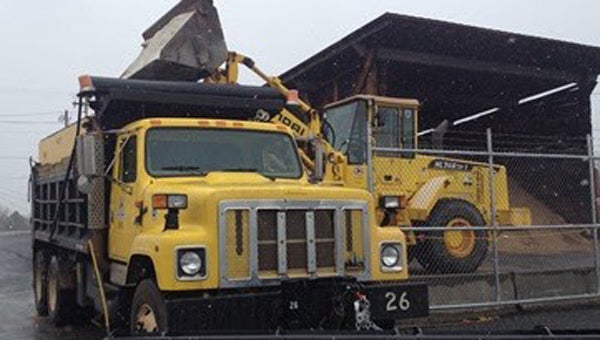Brining operations underway in parts of WNC
Published 11:15 pm Friday, January 23, 2015
More winter weather is coming to the North Carolina mountains, and the N.C. Department of Transportation crews are prepared for whatever comes their way — whether it’s snow, ice or a mix of the two.
The National Weather Service says precipitation is likely across much of NCDOT’s Division 14, which includes Cherokee, Clay, Graham, Haywood, Henderson, Jackson, Macon, Polk, Swain and Transylvania counties. While rain is likely in valley locations, freezing rain, snow or sleet are possible in the higher elevations.
Starting today, NCDOT crews will brine I-26 in Henderson and Polk counties, U.S. 25 in Henderson County from I-26 to the South Carolina line, N.C. 280 from the Buncombe County line into Brevard and U.S. 64/276 through Brevard in Transylvania County. The latest models show the event starting out as snow/sleet, then rain, in these areas, so crews will apply brine as a precaution.
Brine is a solution of water and salt that NCDOT uses as a method of pre-treating roadways in anticipation of snow or ice accumulating on the road.
Brine contains 23 percent salt – the industry standard – and provides a number of benefits including: Lowers the freezing temperature of water to about 18 degrees Fahrenheit (-8 Celsius); Prevents snow and ice from bonding with the road’s surface; Keeps snow from being compacted by traffic, which can turn it into ice; Is more effective and coats roadways better than plain salt or sand; Gives crews time, since they can brine up to 48 hours in advance of a storm as long as it doesn’t rain. Rain washes most of the brine solution off the roadway; Costs 15 cents per gallon to produce. One mile of a single lane of road can be treated for about $6 while rock salt costs more than $14 to treat the same stretch of road.
After the storm moves in, NCDOT will begin clearing any accumulation, including removing snow and treating icy patches with salt/sand.
Bridges, overpasses and elevated roadways freeze first, so motorists are encouraged to use extreme caution when traveling over those surfaces.
NCDOT remains in close contact with the National Weather Service and will update its plan of action as needed should the forecast change.
-Submitted
by Jordan-Ashley B. Walker






